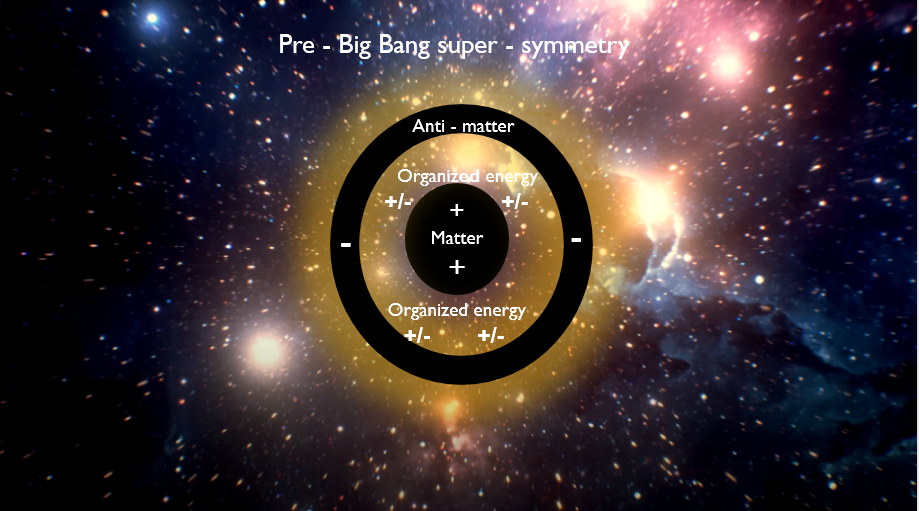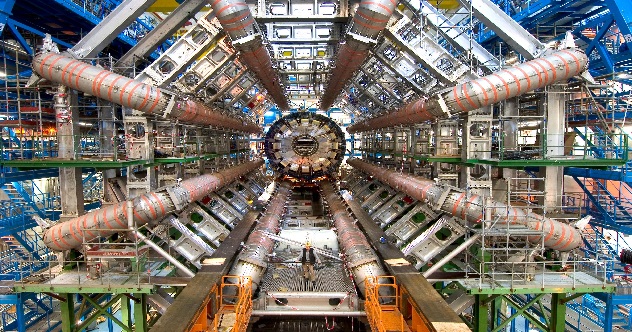The Driving Force of Evolution: The Role of Spirit in Matter-Antimatter Tension
Evolution, as a process, is driven by the tension between matter and antimatter, with the spirit playing a pivotal role in overcoming this opposition to foster progress and development. The spirit acts as a stabilizing force, creating order from the destructive potential of matter-antimatter interactions. It serves as a cocoon encompassing all existing matter and antimatter, facilitating the evolutionary process of the universe by carrying and protecting information.
Human life, a product of successful evolution, showcases rational and complex behavior, making humanity the dominant species. However, this dominance has led to excessive energy consumption and environmental degradation. Egotistical behavior, driven by material gain and desire, has become institutionalized in politics and economics, causing ecological imbalance and social inequalities.
The last Big Bang resulted in a matter-dominated universe, with antimatter largely destroyed. The spirit stabilized this imbalance, allowing life to evolve towards greater complexity and efficiency. However, this progress also led to increased self-interest and material pursuit. Spiritual education and cultural environments should counterbalance this excessive consumption and promote ecological harmony.
Political movements should challenge the unjust outcomes of market mechanisms. Globalization and capitalist market principles have diminished political independence, creating a spiral of increased productivity and quality. This spiral produces winners and losers, with some enjoying high consumption while others suffer declining living conditions. Nature also suffers from this unchecked productivity.
Moderation in energy and resource consumption is urgently needed but challenging to achieve. The market does not inherently promote ecological or social well-being. The spirit must guide humanity away from destructive capitalist mechanisms towards sustainable practices. Spiritual wealth should help people recognize the dangers of current consumption patterns and shift towards restoring the original matter-antimatter symmetry.
The spirit’s role is to diminish material excess and foster a new synthesis of spirit and antimatter. While this seems contradictory, the spirit has driven the evolutionary progress that now threatens human survival. Human intelligence, a product of this progress, must now be tempered with spiritual wisdom to avoid catastrophe.
Spiritual maturity requires seeing beyond superficial pleasures and material success. Achieving this involves hard work and a shift in values, recognizing the relativity of life’s pleasures. True happiness comes from spiritual depth, not material fulfillment.
The synthesis of spirit and matter initiated evolution, while the antithesis of matter and antimatter formed original symmetry. Restoring this symmetry through spiritual wealth is crucial. This spiritual life, free from material constraints, can be seen as Nirvana—a state of complete liberation from egotism and material limitations.
Life After Death and the Role of Karma
Life after death involves a process of spiritual cleansing. The spirit, carrying memory and identity, transitions to a state where natural laws do not apply, such as black holes. These regions, with immense gravitational pull, serve as cleansing grounds for karma. If a conscience is heavily burdened, it attracts new life, starting a fresh cycle of growth and purification.
Black holes, where time stands still, allow the spirit to reflect and cleanse. Karma dictates the new life path, seeking to rectify past mistakes. A difficult life may serve as punishment and purification, leading to spiritual maturity. Those who err in life must be guided towards better behavior, emphasizing the importance of helping others improve.
Moral and Ethical Framework for Society
Society must combat injustice and abuse, helping both victims and perpetrators improve their situations. Teaching morality and ethics, rather than relying solely on punishment, is essential. A society guided by spiritual values fosters a supportive environment for all individuals.
Morality and ethics, though subjective, should be grounded in the spirit. The principle of treating others as one would like to be treated should be central to this framework. This spiritual foundation ensures a coherent set of values guiding human behavior towards a harmonious coexistence.
In conclusion, the interplay between matter, antimatter, and spirit drives evolution. The spirit’s role is crucial in balancing material progress with ecological and social harmony. By fostering spiritual wealth and moral integrity, humanity can achieve a sustainable and fulfilling existence.
Read more

